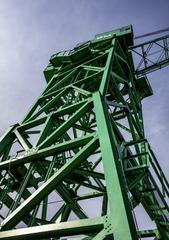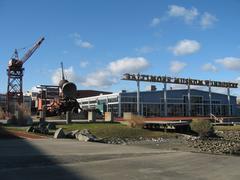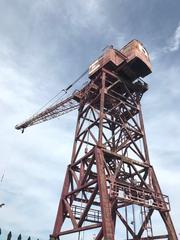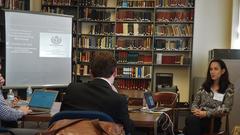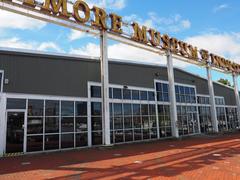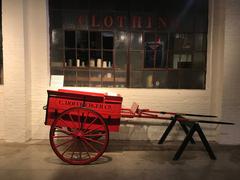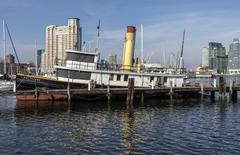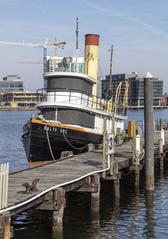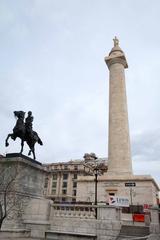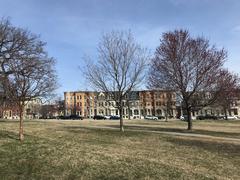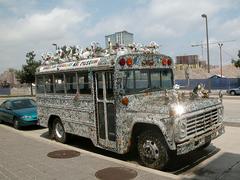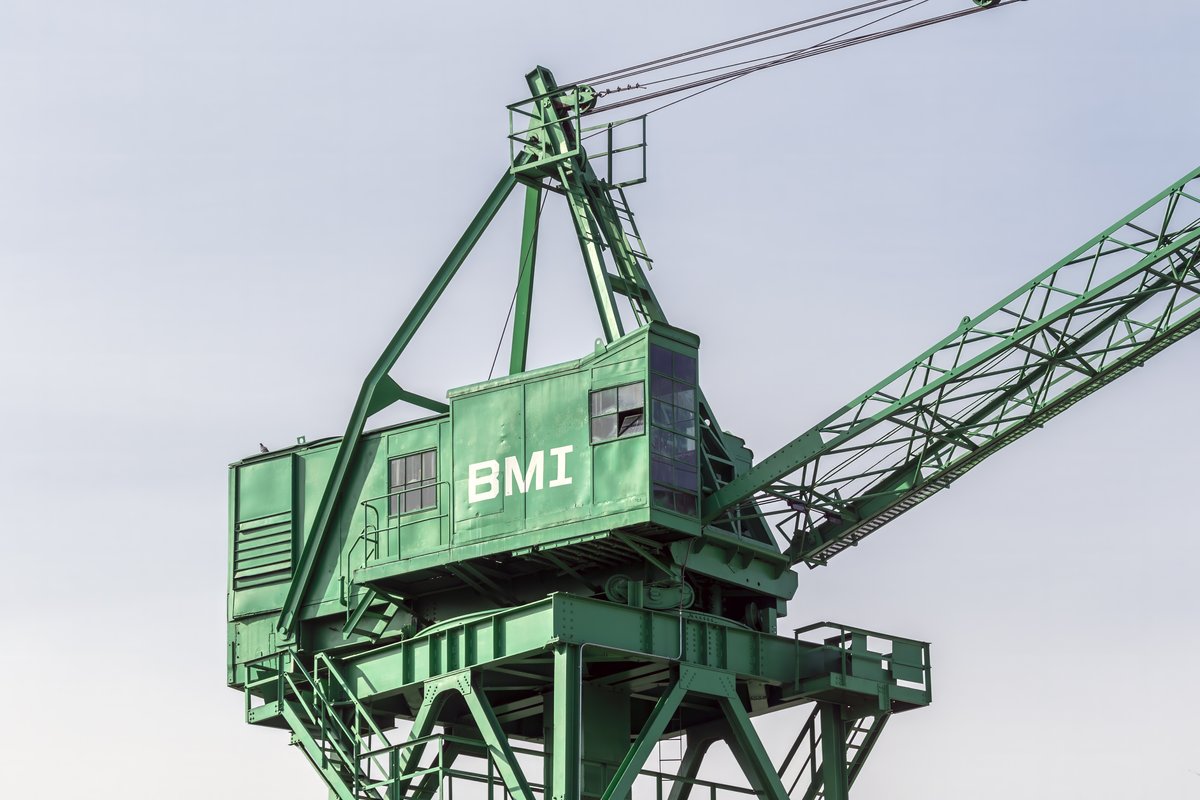
Comprehensive Guide to Visiting the Baltimore Museum of Industry, Baltimore, United States
Date: 22/07/2024
Introduction
The Baltimore Museum of Industry (BMI) is a captivating destination that offers a deep dive into Baltimore’s rich industrial history. Established in 1977, the museum is housed in a historic oyster cannery on the Inner Harbor, providing an authentic backdrop for its extensive exhibits. The museum’s mission is to preserve and interpret Baltimore’s industrial legacy, showcasing the innovations and industries that have shaped the city. Visitors to the BMI can explore a variety of engaging exhibits, including working printing presses, a recreated 19th-century mansion, and a historic steam tugboat (Baltimore Museum of Industry, 2024). The museum also offers a range of educational programs and community events, making it a vital cultural hub in the city. Whether you’re a history enthusiast, a student, or a curious traveler, the Baltimore Museum of Industry provides an immersive experience that highlights the ingenuity and impact of Baltimore’s industrial pioneers.
Table of Contents
- Introduction
- Origins and Founding
- Location and Early Development
- Expansion and Growth
- Notable Exhibits and Collections
- Educational Programs and Community Engagement
- Awards and Recognition
- Recent Developments and Future Plans
- Visiting Information: Hours, Tickets, and Tips
- Accessibility and Amenities
- Nearby Attractions and Travel Tips
- Conclusion
- FAQ
Discover the Baltimore Museum of Industry - History, Visiting Hours, and Tips
Origins and Founding
The Baltimore Museum of Industry (BMI) was established in 1977, a time when Baltimore was undergoing significant economic and social changes. The museum was founded by the Mayor’s Office of Manpower Resources, which aimed to preserve the city’s rich industrial heritage. The initial concept was to create a space that would celebrate Baltimore’s industrial past and educate the public about the city’s contributions to various industries.
Location and Early Development
The museum is located in an old oyster cannery on the Inner Harbor, a site that itself is a testament to Baltimore’s industrial history. The building, known as the Platt Oyster Cannery, dates back to the 1860s and was operational until the mid-20th century. The choice of this location was strategic, as it provided an authentic backdrop for the museum’s exhibits and allowed visitors to experience a piece of history firsthand.
Expansion and Growth
In the 1980s and 1990s, the BMI underwent significant expansions. The museum added new exhibits and interactive displays, focusing on various industries such as printing, garment manufacturing, and food processing. One of the most notable additions was the “Decker Gallery,” which houses a collection of artifacts and exhibits related to Baltimore’s industrial history.
Notable Exhibits and Collections
The museum’s collections are diverse and extensive, featuring everything from early 20th-century machinery to contemporary industrial artifacts. One of the standout exhibits is the “Garrett Jacobs Mansion,” a meticulously recreated 19th-century mansion that showcases the opulence of Baltimore’s industrial elite. Another significant exhibit is the “Print Shop,” which features working printing presses and offers live demonstrations.
Educational Programs and Community Engagement
The BMI places a strong emphasis on education and community engagement. The museum offers a variety of educational programs aimed at students, families, and adults. These programs include guided tours, workshops, and hands-on activities that provide a deeper understanding of Baltimore’s industrial heritage. The museum also collaborates with local schools and community organizations to offer specialized programs and events.
Awards and Recognition
Over the years, the BMI has received numerous awards and accolades for its contributions to preserving Baltimore’s industrial history. In 2001, the museum was awarded the “National Preservation Honor Award” by the National Trust for Historic Preservation. This recognition highlighted the museum’s efforts in preserving and showcasing Baltimore’s industrial past.
Recent Developments and Future Plans
In recent years, the BMI has continued to evolve and adapt to the changing landscape of museum curation and visitor engagement. The museum has embraced digital technology, offering virtual tours and online exhibits to reach a broader audience. Additionally, the museum has plans for further expansion, including the development of new exhibits and the renovation of existing spaces.
Visiting Information: Hours, Tickets, and Tips
If you’re planning to visit the Baltimore Museum of Industry, here are some key details to help you make the most of your trip:
- Visiting Hours: The museum is open year-round, with extended hours during the summer months. For the most accurate and up-to-date information, visit the Baltimore Museum of Industry’s official website.
- Tickets: Admission prices vary, so check the museum’s website for the latest ticket information. Discounts are often available for students, seniors, and groups.
- Guided Tours: The museum offers guided tours that provide a more in-depth exploration of the exhibits and collections. It’s advisable to book these in advance.
Accessibility and Amenities
The BMI is committed to providing an accessible and inclusive experience for all visitors. The museum is wheelchair accessible, and there are accommodations available for visitors with disabilities. The museum also offers a variety of amenities, including a gift shop, café, and picnic area, making it a convenient and enjoyable destination for families and groups.
Nearby Attractions and Travel Tips
While visiting the Baltimore Museum of Industry, consider exploring nearby attractions such as the Inner Harbor, the National Aquarium, and Fort McHenry. These sites offer additional insights into Baltimore’s rich history and vibrant culture. For the best experience, plan your visit in advance and check for any special events or programs that may be happening during your stay.
Conclusion
The Baltimore Museum of Industry is more than just a museum; it is a living testament to the city’s rich industrial heritage. Through its diverse exhibits, educational programs, and community engagement initiatives, the BMI continues to preserve and celebrate Baltimore’s contributions to various industries. For anyone interested in exploring the history and significance of Baltimore’s industrial past, a visit to the BMI is a must.
For more information, visit the Baltimore Museum of Industry’s official website.
FAQ
What are the Baltimore Museum of Industry’s opening hours? The museum’s hours vary by season. Please check the official website for the most current information.
How much are tickets to the Baltimore Museum of Industry? Ticket prices vary, with discounts available for specific groups. Visit the museum’s website for accurate pricing.
Is the museum accessible? Yes, the BMI is wheelchair accessible and offers accommodations for visitors with disabilities.
Are guided tours available? Yes, guided tours are available and provide an in-depth exploration of the museum’s exhibits. It’s recommended to book these in advance.
What amenities are available at the museum? The museum offers a gift shop, café, and picnic area for visitors.
References
- Discover the Baltimore Museum of Industry - History, Visiting Hours, and Tips, 2024, Baltimore Museum of Industry https://www.thebmi.org/
- Visiting the Baltimore Museum of Industry - Hours, Tickets, History, and More, 2024, Baltimore Museum of Industry https://www.thebmi.org/
- Visitor Tips for the Baltimore Museum of Industry - Hours, Tickets, and More, 2024, Baltimore Museum of Industry https://www.thebmi.org/

